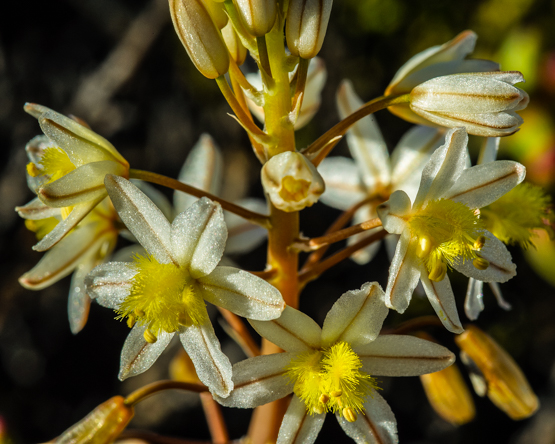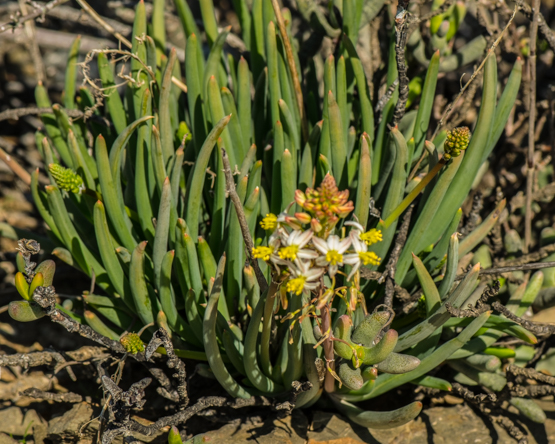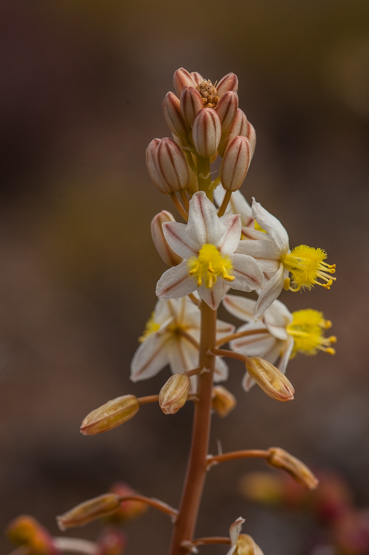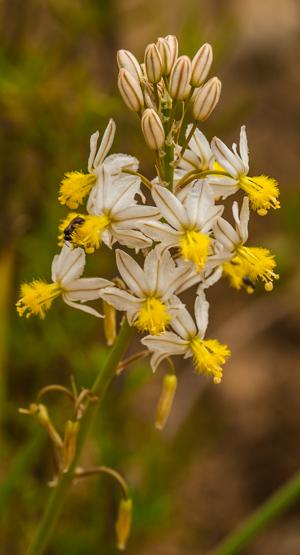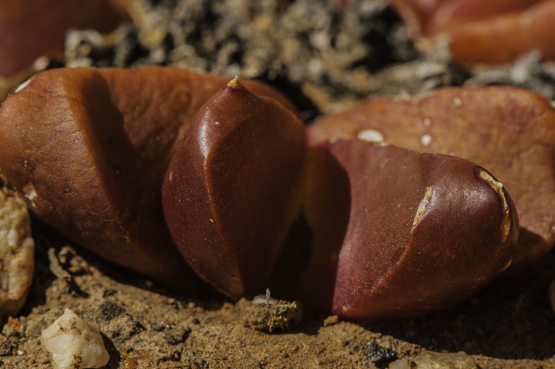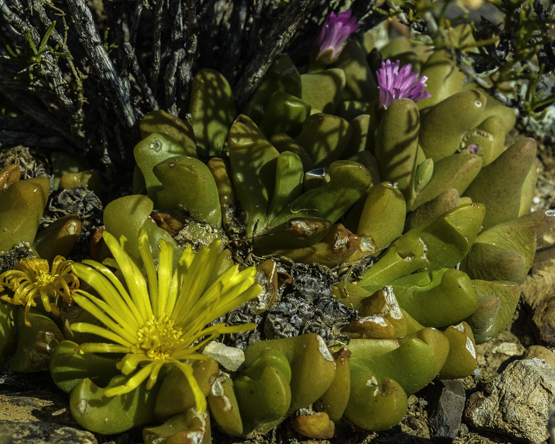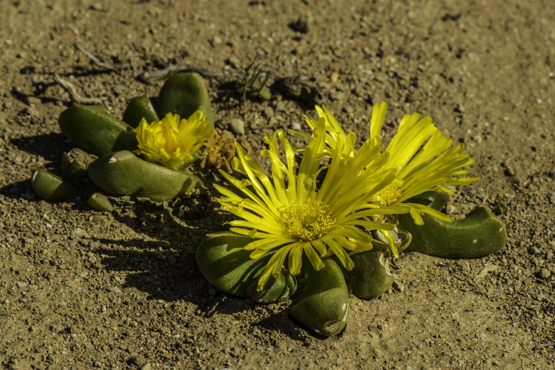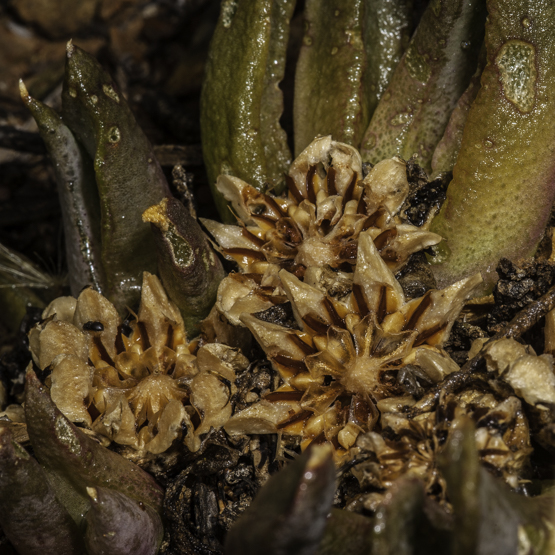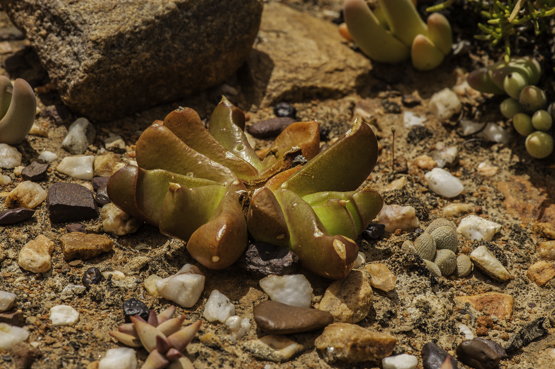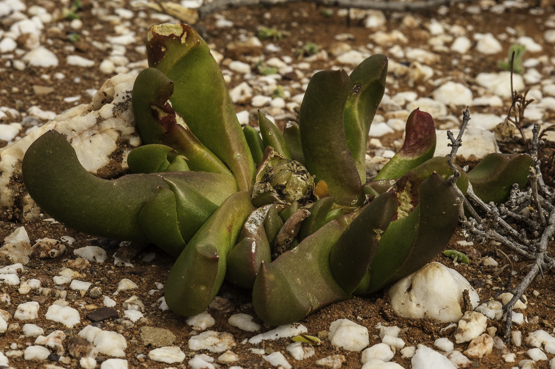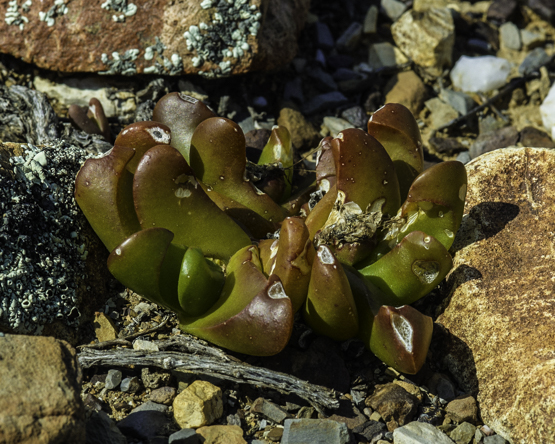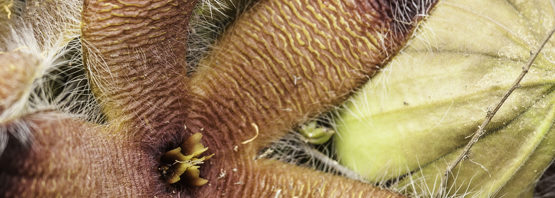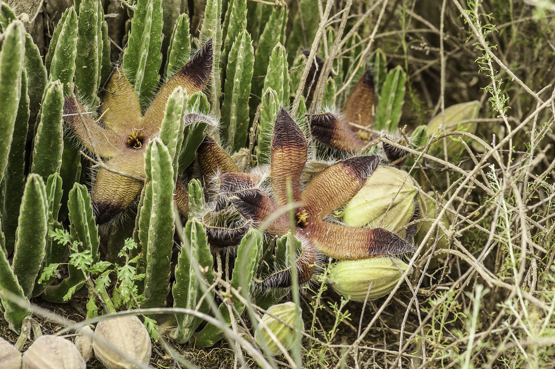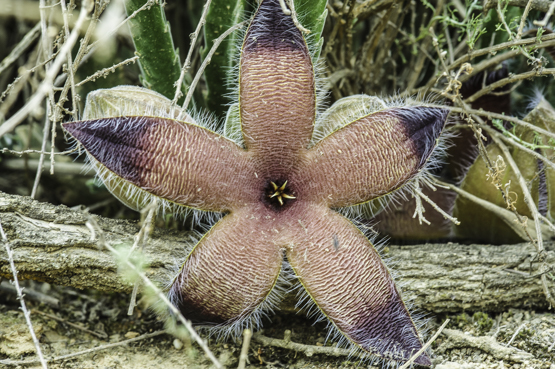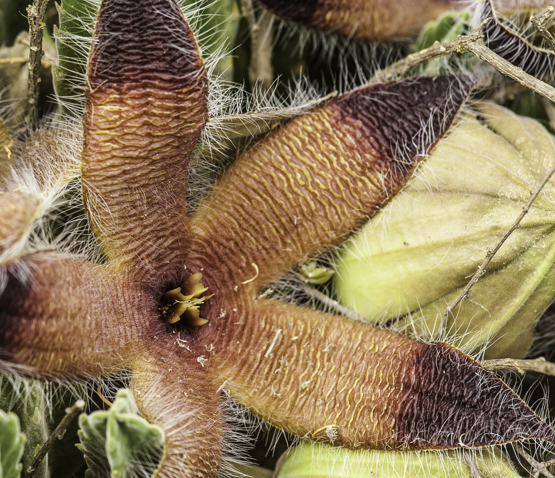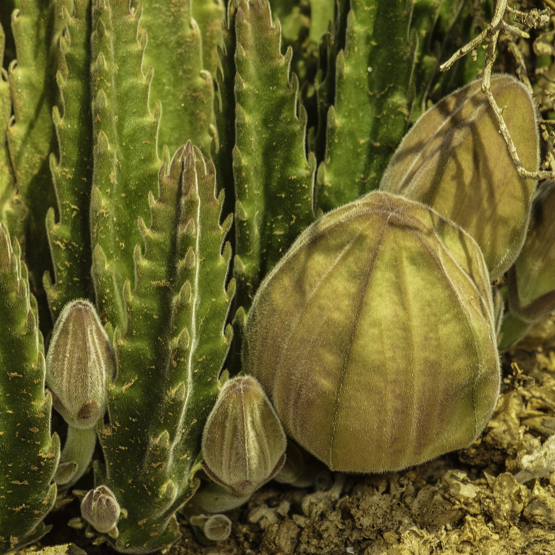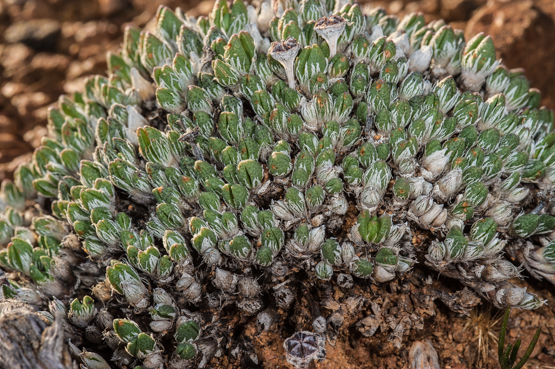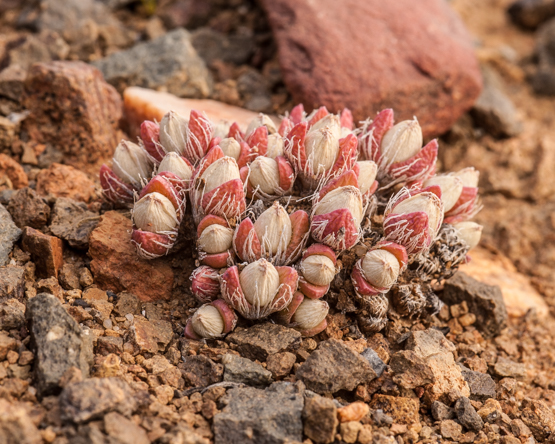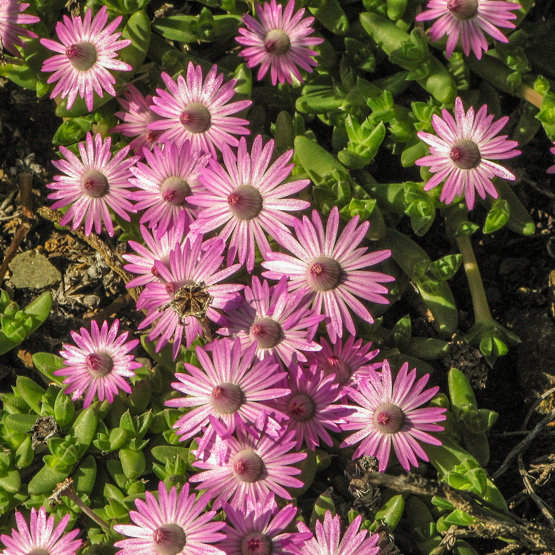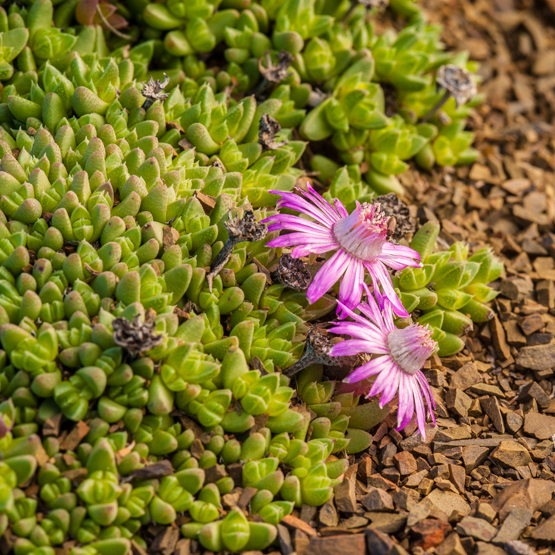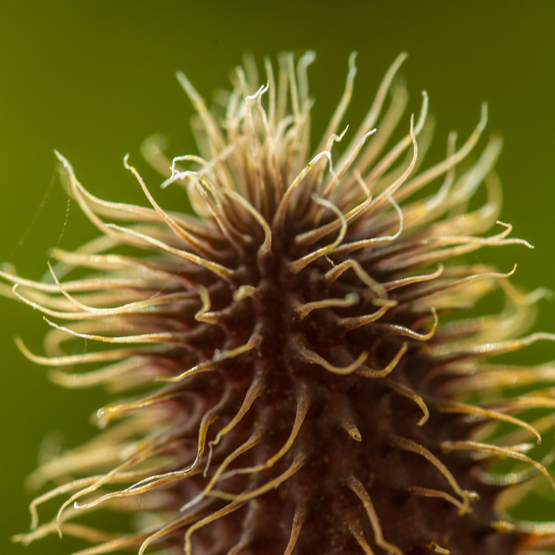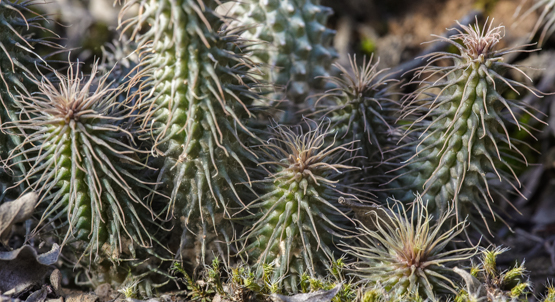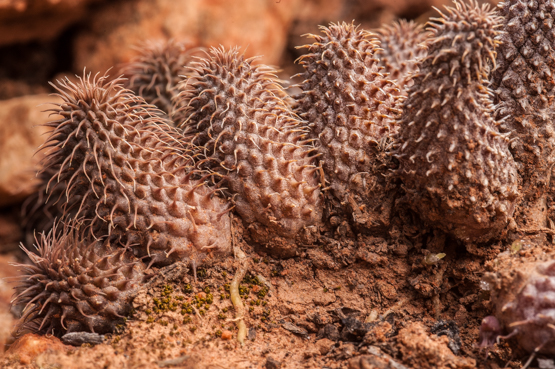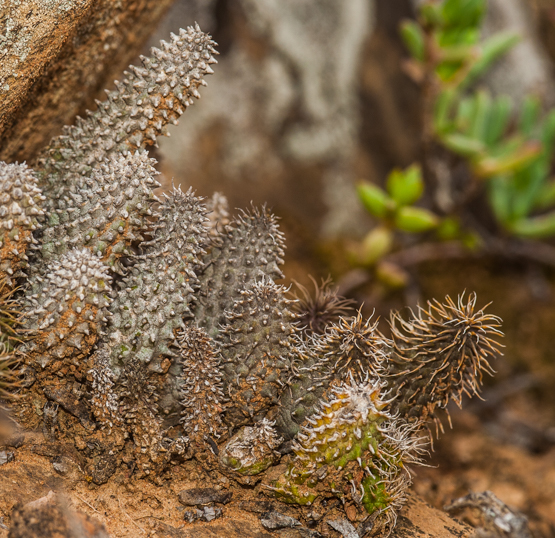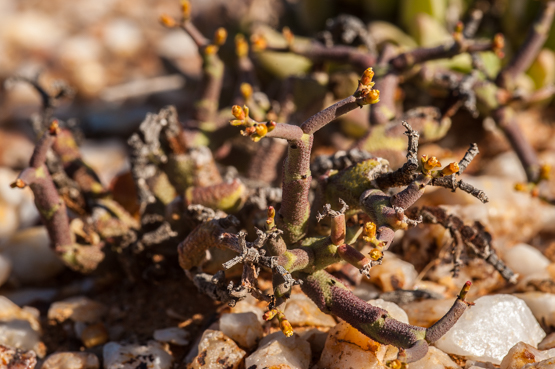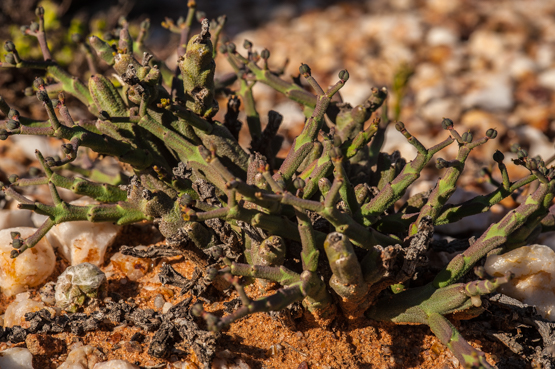Until very recently I had never heard or seen this name; it is not even mentioned in the Illustrated Handbook of Succulent Plants (2001). Strangely enough I had seen plants of this species on several occasions, but nobody seemed to know what it was. According to some people it was a white-flowered form of B. frutescens, while others said it had been described “not long ago” as a new species. Searching through the literature did not yield concrete information either.
Ten days ago I was on a fieldtrip with members of CREW, the Custodians of Rare and Endangered Wildflowers (crew@sanbi.org.za). In the plain between Ouberg and Anysberg we came across several specimens of a white-flowered Bulbine and Marion Maclean casually mentioned the name Bulbine triebneri.
After returning home I found out that Ernst van Jaarsveld had described the species in 2001 as B. alba, but that in 2008 the new species was sunk into the older B. triebneri (Bothalia 38,1).
Of the over 70 species of Bulbine this is the only one with white flowers. It differs from its nearest relative, B. frutescens also by the soft, glaucous, more or less round leaves.
Plants are found in the Little Karoo and the southern Great Karoo, where it is locally abundant on shale ridges and scree. The species also occurs in the Eastern and Northern Cape and in southern Namibia.
In the Bothalia article it says: “The most interesting feature of this species is that the
flowers seemingly open only in the very late afternoon for two to three hours at most.”
In spite of this, the first of the pictures shown here was taken at 7.20 AM and the other three between 12.39 and 13.33 PM.
